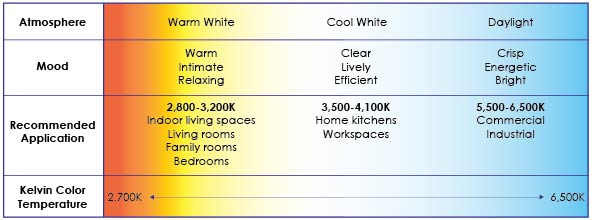Easy switch for builders and contractors meets new lighting codes, saves money
Effective September 1, 2016, the 2015 International Energy Conservation Code (IECC) requires that a new home have at least 75% high-efficacy light bulbs installed. To meet this requirement, builders and contractors just switch to high-efficacy lighting (i.e. compact fluorescent light (CFL) or light-emitting diode (LED) bulbs) instead of old-fashioned incandescent lighting for all residential projects.
CFLs and LEDs use 75- 90 percent less energy and may last 10-25 times longer than incandescent bulbs. With more than 100,000 new homes built in Texas each year, a DOE-supported Field Study demonstrates that high-efficacy lighting could save Texas homeowners more than $2.7 million in just one year. Based on the Field Study, many of the homes being built did not install high-efficacy lighting. This is the easiest and most cost-effective way for Texas builders to impact energy and cost savings for new homebuyers.
2015 IECC Requirements for High-Efficacy Lights:
| Lumens/watt | Bulb wattage |
| 60 Lumens/W | > 40 W |
| 50 Lumens/W | 15-40 W |
| 40 Lumens/W | < 15 W |
Guidelines for High-Efficacy Lighting
Choose bulbs based on lighting needs.
Choose bulbs with high (90+) Color Rendering Index (CRI).
|
|
||||||||||||||||||||||||||||
Choose bulbs based on application and mood.

Correlated Color Temperature (CCT) Lighting Recommendations
- Color temperature, or more accurately Correlated Color Temperature (CCT), refers to the color of the light produced
- A lower CCT identifies light that is in the red to yellow range and tends to be more relaxing and warm, higher CCTs will be in the white to blue color range and will be brighter.
- Bulb recommendations
- Indoor residential spaces like living rooms, family rooms and bedrooms: a warm white light, CCT of 2,800-3,200K
- Home kitchens and workspaces: cool white light with a CCT of 3,500-4,100K
Choose the right equipment for dimming.
- Use equipment makers’ compatibility tables to choose bulbs and dimmers
- Choose CFLs and LEDs labeled as dimmable
- Not all CFLs and LEDs are dimmable
- Install compatible dimmers
- Different technologies use energy differently to produce light
- Incandescent dimmers will not work with CFLs and LEDs
- Lighting control manufacturers have on-line compatibility tools to help customers choose LED and CFL bulbs and dimmers that work together efficiently
High-Efficacy Lighting Compared to Incandescent
| Characteristic | Incandescent | CFLs | LEDs |
| Watts | 60 | 13 | 7 |
| Energy used for light | 6W | 5W | 5.6W |
| Energy used for heat | 54W | 8W | 1.4W |
| Lumens | 800-900 | 800-900 | 800-900 |
| Estimated life | 1,200 hrs | 8,000 hrs | 25,000-50,000 hrs |
| kWh/yr used | 88 | 19 | 10 |
| Cost/yr | $9.64 | $2.09 | $1.12 |
| Greenhouse gas emissions | 101 lbs/yr | 22 lbs/yr | 12 lbs/yr |
